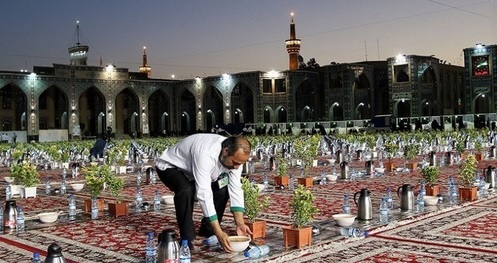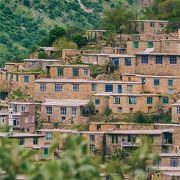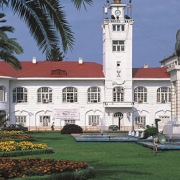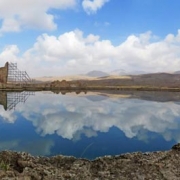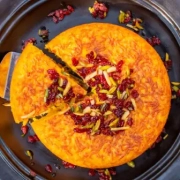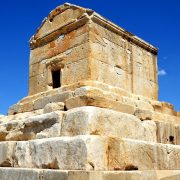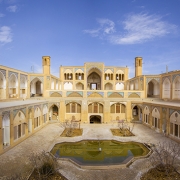Visiting Iran During Ramadan: Tips & Guide
Ramadan, the ninth month of the lunar calendar (Islamic calendar), is the time all Muslims are expected to fast for the whole month, except for children, people with medical conditions, pregnant women, and travelers. Iran, as a Muslim country, follows Ramadan rituals too. The fasting takes from sunrise (dawn) to sunset (dusk) with refraining from food and drink. This forbearance is believed to purify the spiritual nature and to feel a deeper sympathy with the deprived people.
People who fast have a light meal early before dawn named Sahari and break their fast with an elaborate meal called Iftari. Sahari is usually a big family breakfast, consisting of Persian bread, cheese, tea, and dates, as well as prepared meals. Iftar, on the contrary, sounds like a feast. Many religious places in Iran such as mosques host the public for Iftar too. Ramadan ends with Eid al Fitr.
Some tips for tourists
What is it like for the tourists who travel to Iran during Ramadan? Well, you will notice more changes in daily life in smaller cities comparing the larger ones of course. Your options for eating and drinking and your time for some activities could be more limited as well. But as this religious month has its own special rituals, it could still be counted as an attraction to the tours to Iran.

Iranians making Ash Reshteh hosting fasting people
Traveling to Iran during Ramadan offers an opportunity to see a different side of Iranians’ lifestyle such as serving Iftar in religious gatherings and public places, and Iranian nightlife. When the fast is broken in the evening, many shops or people who have made a pledge, offer the passengers and pedestrians the dates, tea, soup, Halva, Haleem (traditional delectable and nutritious porridge made of wheat and meat), and other delicious foods for free. Though some shops and restaurants are closed during the day during Ramadan, tourists can have a richer experience of Iranian-style nightlife. At night, most of the shops, especially the restaurants, coffee shops, and street-food stalls, as well as some shopping and recreational areas such as pools or the movies remain open past midnight hours. Many families and young people come out and spend time in the streets and parks until near dawn. The cities, covered in glowing lights and crowded with people at such a late time, seem more alive than at any other time. So, it’s a good opportunity to mingle with locals.
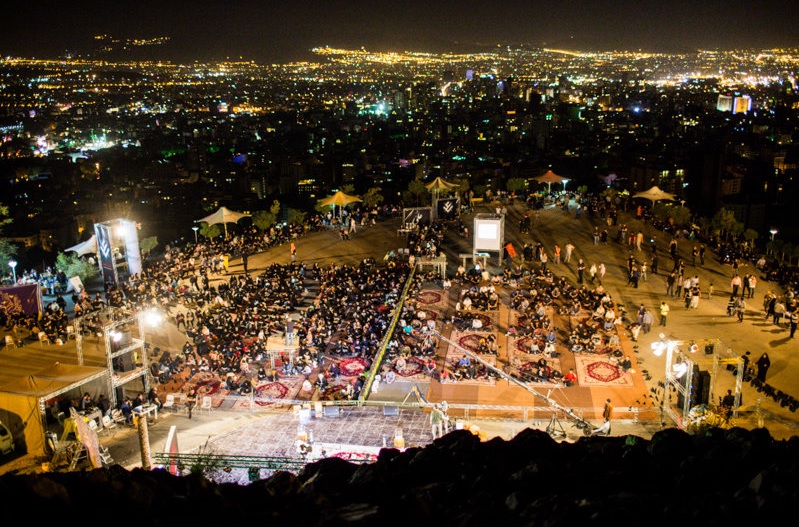
The tourists are not expected to fast or follow Islamic practices, but they are expected to respect the Iranian Muslims’ rituals by refraining from eating, drinking, and smoking in public during the day. However, some restaurants and fast-food outlets, especially restaurants and cafes in hotels, highways, airports, railways, and bus stations are open; so, they can have meals there. Some fast-food chains offer takeaway food as well.
Moreover, many tourist sites are open during the day except for special events such as the martyrdom anniversary of Imam Ali on the 21st of Ramadan. So, there is no need to worry about changing your travel itinerary during Ramadan.
There are some must-eats that are strongly recommended to tourists who travel to Iran during Ramadan. Āsh Rechte (Persian traditional soup made of vegetables and noodles) and Sholeh Zard (Persian pudding made of rice and saffron) are among them. Zulbia & Bamieh are also traditional Iranian sweets for Ramadan that you can find in almost all confectionaries.
Despite what many tourists think about restrictions and limitations in Ramadan, traveling to Iran in Ramadan could be a good opportunity for tourists to discover the other face of Iranian culture, hospitality, beliefs, and nightlife.
You may find Ramadan in Iran interesting to read.

